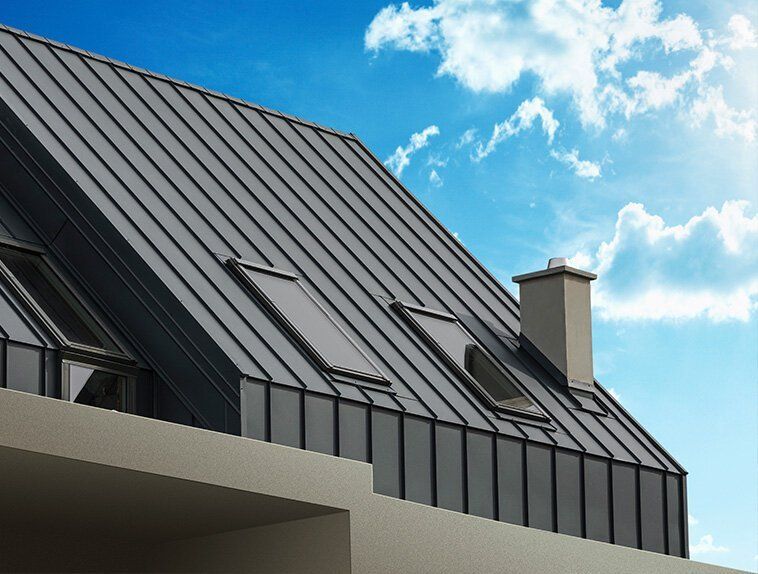
Benefits of Using Protected Roof Panels for Your House
Industrial structures commonly make use of protected roof covering panels to lower their power intake. Several prefer this roofing alternative not just for its energy performance, yet because of its visual appeal too. Shielded panels aren't limited to commercial applications; homeowners can take pleasure in the benefits of this energy-efficient roof option, also. Making use of insulated steel roofing panels can reduce your energy bills, yet they also have extra to use. Below are the leading 5 benefits of insulated roofing panels for homes: Layout Flexibility: Protected roof covering panels are lauded for the style versatility they offer. They're offered in different colours and also surfaces, with personalized modular widths. With such a large range of designs, you'll locate one that matches the motif or design of your home.
Greater R-Value: One of the benefits of these steel panels is they provide far better insulation than various other roofing solutions. The panels use a high R-value also in thinner assemblies. Various other insulation products, such as fibreglass, need twice as much density to accomplish the degree of insulation of insulated steel panels. Shielded metal panels are offered in a variety of thicknesses, with equivalent R-values. Your insulation contractor will select a thickness that matches the energy performance your house requires. Easy Installment: Shielded roof covering panels are simpler to set up contrasted to other insulation techniques. The measurements of the panels can be tailor-maked according to your needs, providing choices for vertical or horizontal installation. This implies you can have insulated roofing system panels installed on any kind of part of your home, such as your patio or carport. Insulation is important for affixed room enclosures. Warmth can pass through shared walls. If the space on the opposite side of the wall surface isn't correctly shielded, you risk shedding energy through those rooms.
Long life: The manufactured panels are inflexible as well as resilient. They're immune to weather and abuse, so they can last years without needing a substitute. Insulated panels are excellent for residences situated in locations that experience extreme weather, such as storms, hail and hefty winds. Additionally, metal roofing panels offer outstanding fire resistance. The panels are made from non-combustible steel, protecting against the spread of fire to your house. Fire-resistant roofing is a must if you're located in a location that's prone to wildfires. Cost Effectiveness: Lastly, protected steel panels are more cost-effective than other roofing alternatives. The longevity and power effectiveness used by shielded roof covering panels decrease your maintenance expenses and energy expenses. Inevitably, this roofing solution provides you significant cost financial savings in the long run, increasing your ROI. Invest just in top quality protected metal panels to ensure the efficiency of your roofing system. Work with a trustworthy roofing contractor to make certain you're getting your money's well worth.
Steel roof panels are more energy efficient than various other usual roof covering products such as asphalt roof shingles. We can classify the power efficiency of steel roof covering under "Convected heat Block" and the subcategory "Solar Reflectivity." While asphalt tiles absorb induction heat, the physical homes of steel cause the induction heat from outside (throughout the summer season), or inside (throughout the wintertime) to bounce off steel roof panels. Meaning, your air conditioning doesn't need to function as difficult when the warm is attempting to get in, as well as your heating unit does not have to work as tough when the warmth is attempting to escape. In addition to basic induction heat block, the majority of colors click here of steel roof covering are much better reflectors of radiant heat from the sunlight than asphalt tiles are. But some colors are also better than others. The Solar Reflectance Index (SRI) reveals the percent of convected heat reflected. Contrast white-painted steel with an SRI of 83% to a light roof shingles that might only be 22% reflective.